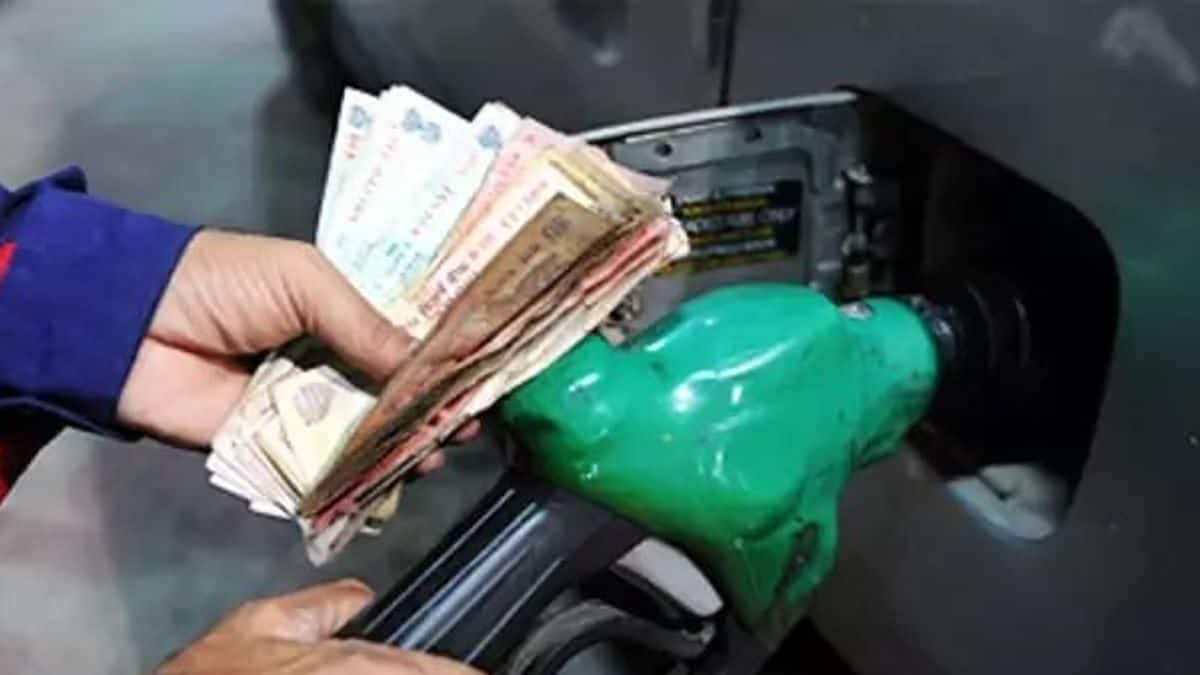In India, the prices of petrol and diesel fluctuate daily, mirroring changes in global crude oil prices and currency exchange rates. While these adjustments happen daily at 6 a.m., ensuring consumers remain informed about fuel costs, the overall pricing structure remains relatively stable since May 2022, due to reductions in fuel taxes by both the central government and several states. Understanding the factors that contribute to petrol and diesel price fluctuations can help consumers make informed decisions about their fuel consumption.
The Factors Influencing Petrol and Diesel Prices in India
Several factors play a role in determining the cost of petrol and diesel in India, including:
1. Crude Oil Price:
The primary raw material for petrol and diesel production is crude oil. Therefore, fluctuations in global crude oil prices have a direct impact on the final prices of these fuels. An increase in crude oil prices translates to higher petrol and diesel prices, while a decrease in crude oil prices leads to lower fuel costs.
2. Exchange Rate between the Indian Rupee and the US Dollar:
India relies heavily on imported crude oil, making its fuel prices vulnerable to fluctuations in the exchange rate between the Indian Rupee and the US dollar. A weaker rupee against the US dollar leads to a higher cost of imported crude oil, thereby increasing the price of petrol and diesel. Conversely, a stronger rupee against the US dollar makes imported crude oil cheaper, potentially lowering fuel prices.
3. Taxes:
Both the central and state governments impose taxes on petrol and diesel, contributing significantly to the final retail price. These taxes are collected in the form of excise duty by the central government and Value Added Tax (VAT) by the state governments. Variation in these taxes across different states explains the discrepancies in fuel prices across the country.
4. Refining Costs:
The cost of refining crude oil into petrol and diesel also plays a role in the final price. The refining process involves several complex operations and expenses. The efficiency of the refinery and the type of crude oil used can influence the refining costs, ultimately affecting fuel prices.
5. Demand for Petrol and Diesel:
The demand for petrol and diesel is also a factor influencing their prices. A surge in demand, perhaps due to increased vehicle sales or economic growth, can lead to higher prices as the market attempts to balance supply and demand. Conversely, a decline in demand can put downward pressure on fuel prices.
Understanding the Price Fluctuation Mechanism
Oil Marketing Companies (OMCs) in India play a crucial role in determining the final retail prices of petrol and diesel. Each day at 6 a.m., OMCs adjust these prices based on factors like:
- Global crude oil prices: The OMCs track global crude oil prices to determine the cost of their raw materials.
- Exchange rates: The fluctuating exchange rate between the Indian rupee and the US dollar affects the cost of imported crude oil, influencing the final price.
- Tax structure: OMCs incorporate taxes imposed by both the central and state governments into their price calculations.
Implications for Consumers
Consumers need to stay informed about petrol and diesel price changes to manage their expenses effectively. They can benefit from using fuel-efficient vehicles, opting for public transport when feasible, and exploring alternative fuel options, like electric vehicles, to minimize their reliance on gasoline and diesel.
Takeaway Points:
- Fuel prices in India are primarily driven by global crude oil prices, exchange rates, and various taxes.
- OMCs adjust prices daily at 6 a.m. based on the latest information regarding crude oil prices, exchange rates, and tax structures.
- Consumers can make informed decisions about fuel consumption by being aware of price fluctuations and exploring fuel-efficient options.









